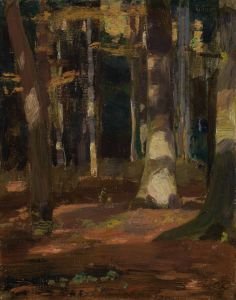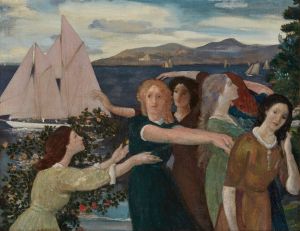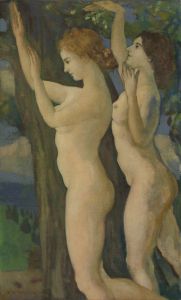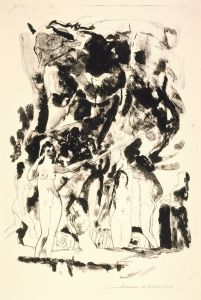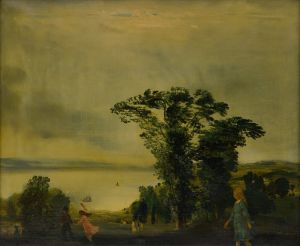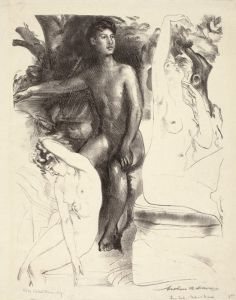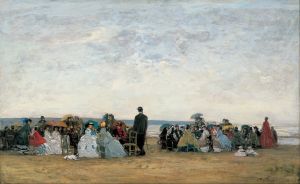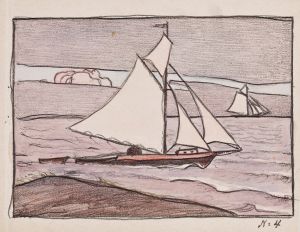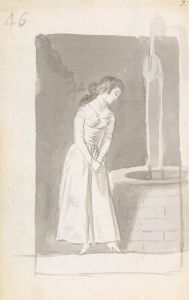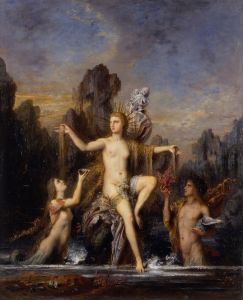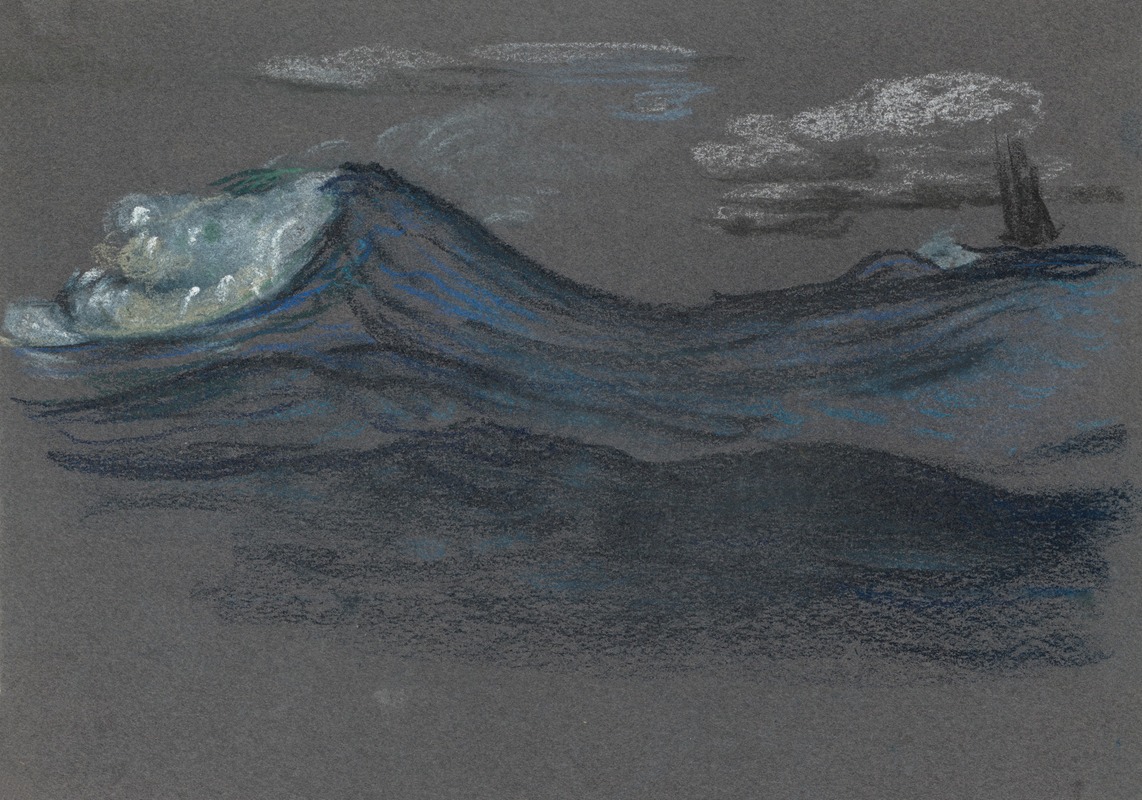
Ocean Swells
A hand-painted replica of Arthur Bowen Davies’s masterpiece Ocean Swells, meticulously crafted by professional artists to capture the true essence of the original. Each piece is created with museum-quality canvas and rare mineral pigments, carefully painted by experienced artists with delicate brushstrokes and rich, layered colors to perfectly recreate the texture of the original artwork. Unlike machine-printed reproductions, this hand-painted version brings the painting to life, infused with the artist’s emotions and skill in every stroke. Whether for personal collection or home decoration, it instantly elevates the artistic atmosphere of any space.
Arthur Bowen Davies was an American artist known for his contributions to the American modernist movement in the early 20th century. Born on September 26, 1862, in Utica, New York, Davies played a significant role in the development of modern art in the United States. He is perhaps best known for his involvement with the Ashcan School and as a leading figure in organizing the 1913 Armory Show, which introduced European avant-garde art to the American public.
One of Davies' notable works is "Ocean Swells," a painting that exemplifies his unique style, which often combined elements of symbolism, romanticism, and modernism. While specific details about the creation date and current location of "Ocean Swells" are not widely documented, the painting reflects Davies' interest in capturing the ethereal and mystical qualities of nature.
Davies' work often featured dreamlike landscapes and figures, and "Ocean Swells" is no exception. The painting likely depicts the rhythmic and undulating movement of the sea, a subject that aligns with Davies' fascination with natural forms and their symbolic meanings. His use of color and form in "Ocean Swells" would have been intended to evoke an emotional response, drawing viewers into a contemplative state.
Throughout his career, Davies was known for his ability to blend different artistic influences. He was inspired by the works of European symbolists and post-impressionists, which is evident in his use of soft, flowing lines and a muted color palette. These elements can be seen in "Ocean Swells," where the interplay of light and shadow creates a sense of depth and movement, capturing the essence of the ocean's vastness and mystery.
Davies' role in the Armory Show of 1913 was pivotal. As president of the Association of American Painters and Sculptors, he helped to organize this groundbreaking exhibition, which introduced American audiences to the works of artists such as Marcel Duchamp, Henri Matisse, and Pablo Picasso. This event marked a turning point in American art, challenging traditional perceptions and paving the way for modernist movements in the United States.
Despite his involvement with the avant-garde, Davies maintained a distinctive style that often set him apart from his contemporaries. His works, including "Ocean Swells," are characterized by a lyrical quality that reflects his personal vision and artistic philosophy. He sought to transcend the ordinary, aiming to capture the spiritual and transcendent aspects of the world around him.
Arthur Bowen Davies passed away on October 24, 1928, but his legacy endures through his contributions to American art and his influence on future generations of artists. "Ocean Swells" remains a testament to his skill and vision, embodying the harmonious blend of natural beauty and artistic expression that defines his oeuvre.






